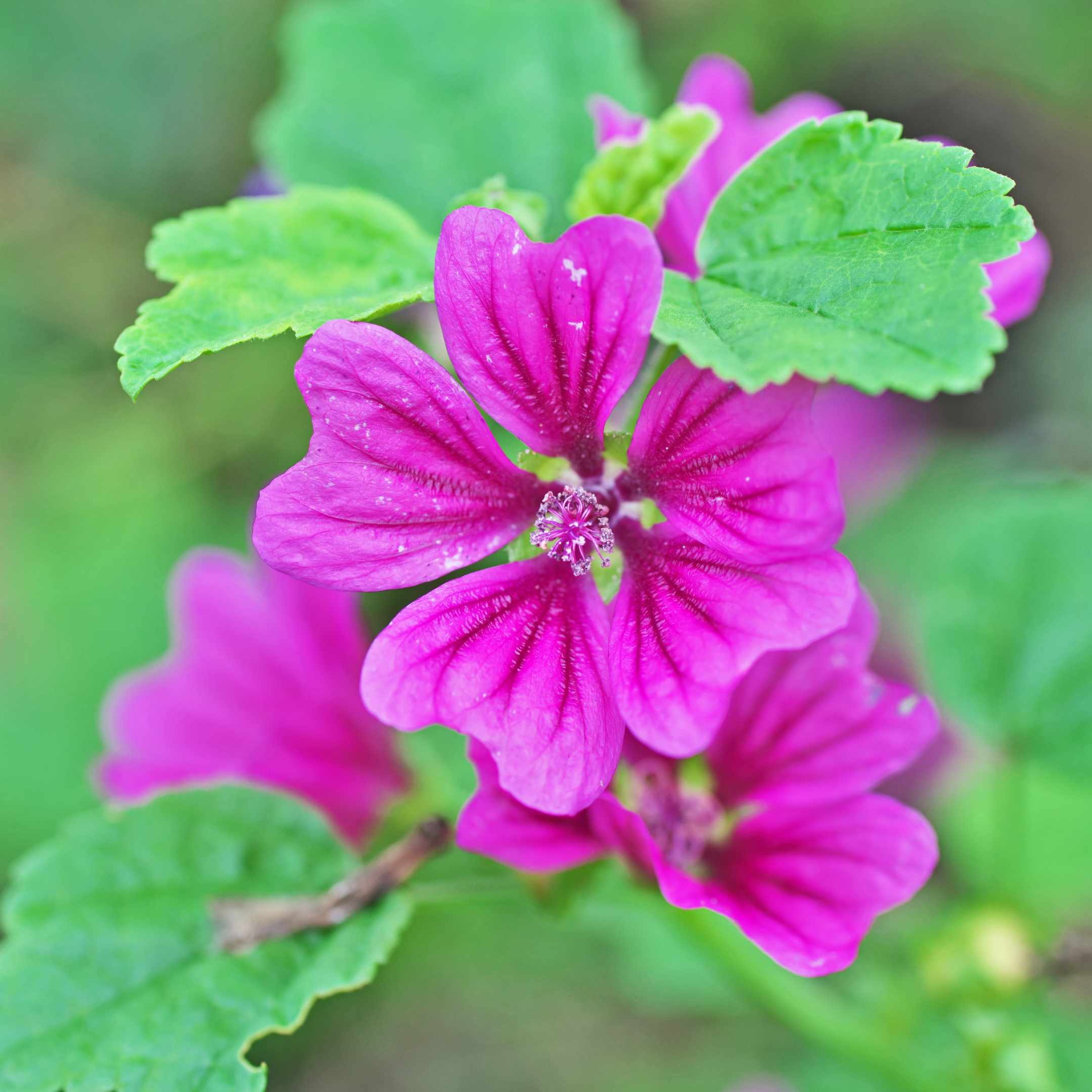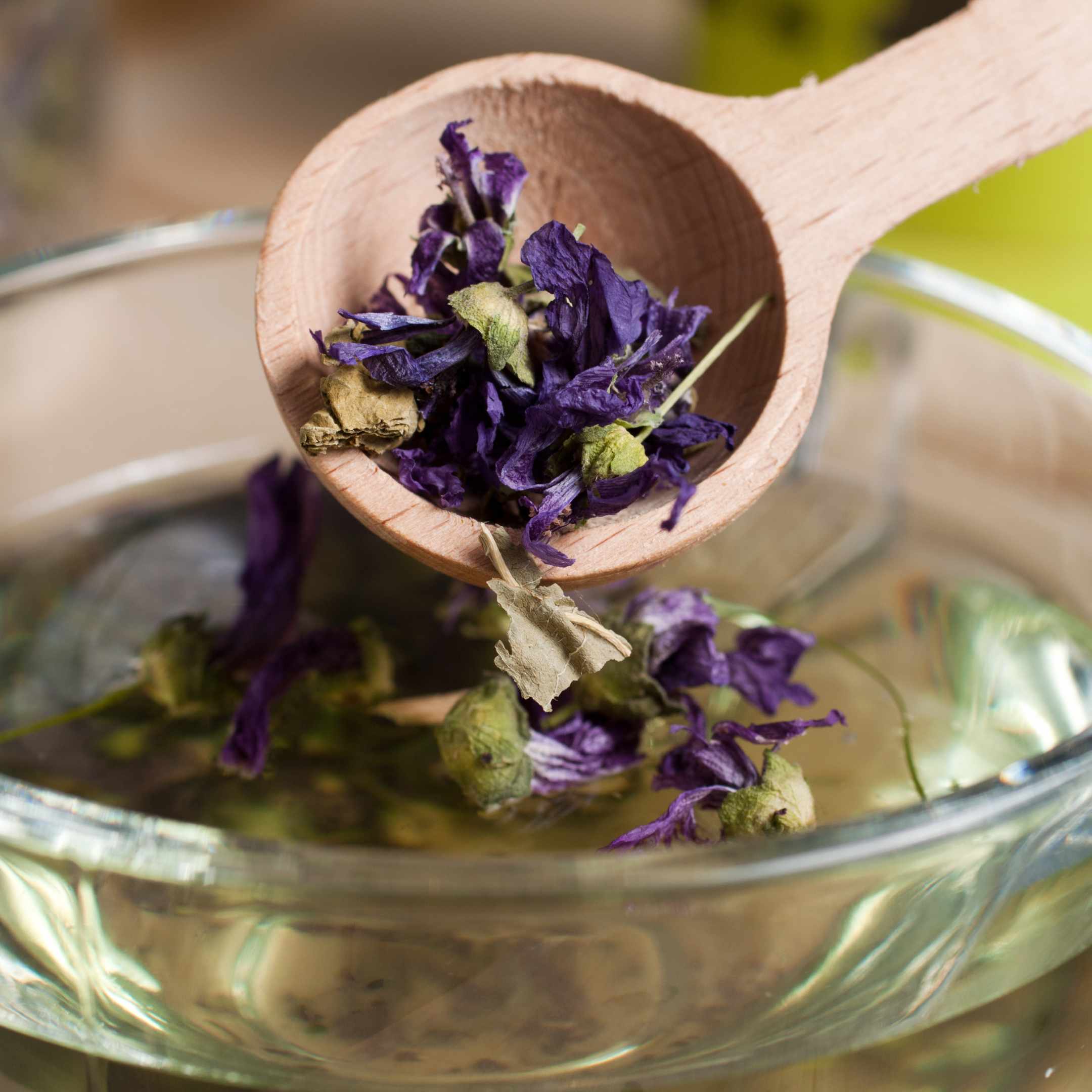Foraging Gozo. Sea Beet.
Sea Beet is found growing wild on Gozo and is a great alternative to chard.
Author of, Weeds For Health On Gozo, Heléna Szöllősy shares everything you need to know about the wild plants that make up Gozo’s unique and diverse flora. Enjoy learning about the healing benefits and many usages of Mallow which grows on Gozo from February to May.


Botanical Name: Malva sylvestris - L. Synonyms: Malva hirsuta, Althaea godronii, Althaea mauritiana, Malva ambigua, Malva erecta, Malva mauritiana Family Name: Malvaceae Maltese Name: Ħobbejża tar-raba Common Names: Blue mallow, Common Mallow, Mallow, High mallow, French Hollyhock, Common Mallow, Tall Mallow Meaning of the Name: Malva, from the Greek word malache, meaning ’mallow’ and malakos, ’soft, gentle’, referring to the abundant mucilage in certain species, which softens the skin, sylvestris, from Latin, pertains to woods, growing wild.
Common mallow is a spreading herb that is an annual in North Africa, biennial in the Mediterranean, and a perennial elsewhere. Grows to three feet (one meter) tall. Its stem is round, thick, and strong, the leaves stalked, roundish, five to seven-lobed, downy, with stellate hairs and the veins prominent on the underside. The flowers are showy, bright mauve purple, with dark veins. On Gozo, it flowers from February to May.

PRECAUTIONS: If it causes minor discomforts such as stomach upset or diarrhoea, use less or stop using it. The absorption of other drugs taken simultaneously may be delayed.
Want to learn what else you can forage on Gozo? Click here.
Author : Heléna Szöllősy. Editor: GITH

Helena is an expert on the medicinal properties of plants having trained in Herbal Medicine and Naturopathy, specialising in Phytotherapy including Homeopathy, Aromatherapy, Apitherapy and Bach Flower Therapy.
Information on the traditional uses and properties of herbs is provided in this book for educational purposes only and is not intended as medical advice. This information is not intended to be used to diagnose, prescribe or replace professional medical care. If you have any serious health concerns, you should always check with your healthcare practitioner before self-administering herbs. Please also undertake your own research when foraging. Some wild plants are endangered and are protected by law.
Sea Beet is found growing wild on Gozo and is a great alternative to chard.
Did you know Wild Asparagus Is really good for your skin? You can find it on Gozo all year round.
Wild Artichokes Are found growing wild on Gozo and super healthy for the liver.
Small White Clover, found growing wild on Gozo and known to be lucky makes a great pudding!